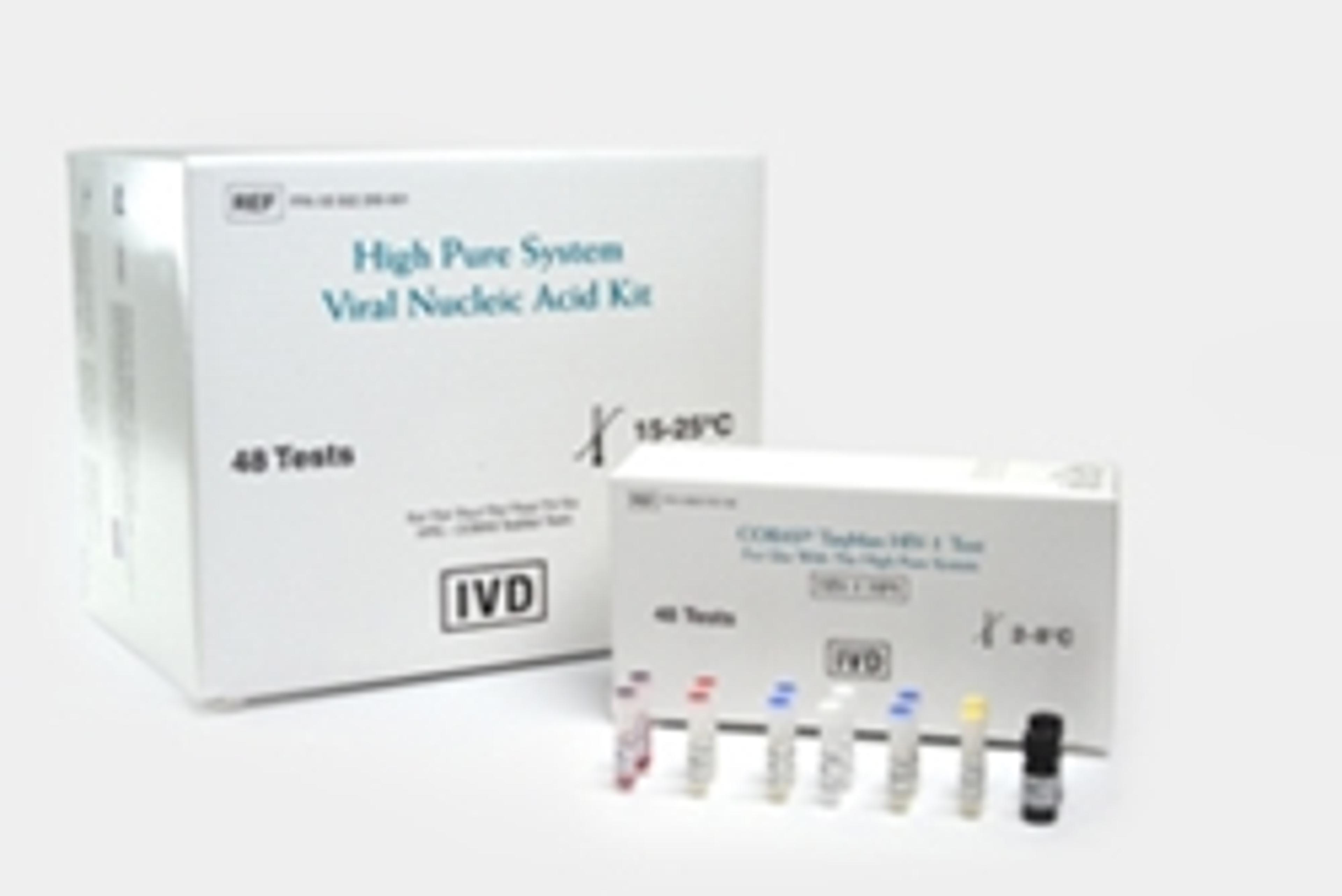Roche Launches Global Access Program for HIV Viral Load Testing
8 Oct 2014
Roche has announced the launch of a new Global Access Program for HIV viral load testing, created in partnership with UNAIDS, the joint United Nations Program on HIV/AIDS, the Clinton Health Access Initiative (CHAI), the President’s Emergency Plan For AIDS Relief (PEPFAR) and the Global Fund to fight AIDS, TB & Malaria, at a high-level side event held during the 69th session of the United Nations General Assembly in New York, USA.
To support the Global Access Program, Roche has committed to expanding access to its COBAS AmpliPrep/COBAS TaqMan HIV-1 Test version 2.0 through a special pricing scheme for qualifying organizations in eligible countries. The Program is a key action step in response to the Diagnostics Access Initiative(1), which was launched during the 20th International AIDS conference in July 2014. The Diagnostics Access Initiative calls for improving laboratory capacity to ensure that all people living with HIV can be linked to effective, high-quality HIV treatment services.
Optimizing the use of diagnostics will be critical to achieving the targets of the UNAIDS 90:90:90 goal by 2020. This goal means that 90% of all people living with HIV will know their HIV status, 90% of all people with diagnosed HIV infection will receive sustained antiretroviral therapy, and 90% of all people receiving antiretroviral therapy will have durable viral suppression.
“The Global Access Program is a major step forward in improving the quality of care for HIV patients and preventing further transmission of the disease,” stated David Ripin, Executive Vice President of CHAI Access Programs. "This is an admirable and rapid response to the challenge issued by UNAIDS at the 2014 AIDS Conference to increase access to high quality treatment to patients living with HIV and AIDS. CHAI is proud to be part of this partnership, and looks forward to working with Roche, governments and partners to ensure that the terms of the program translate to increased patient access.”
“As the leader in HIV viral load testing, Roche supports the UNAIDS 90:90:90 goal and the Diagnostics Access Initiative by expanding access to quality HIV testing through affordable pricing to those countries hardest hit by the disease,” stated Roland Diggelmann, Chief Operating Officer of Roche Diagnostics. “With 70% of all people living with HIV residing in Sub-Saharan Africa, we believe our commitment can truly make a difference to UNAIDS’ goal for achieving control of the HIV/AIDS epidemic.”
About Roche’s Tradition of Commitment to HIV Care
Roche has been at the forefront of achievements for HIV and a global market leader in HIV viral load testing. In 1998, at the International AIDS Conference in Geneva, Roche inaugurated the Global Surveillance Program. Initially designed to monitor changes in the HIV-1 genomic sequence, the Program and its database have since expanded to include thousands of genomic sequences for multiple viruses, including: HCV, HBV and WNV, in the world’s most relevant geographic regions. The Program’s efforts have played a monumental role in helping to maintain and improve the reliability of molecular assays.
Roche reinforced our commitment in 2002 with the AmpliCare Initiative. Roche partnered with national governments, local healthcare facilities, communities and international agencies, including CHAI and Centres for Disease Control (CDC), to establish programs that would go beyond providing diagnostic tests. The AmpliCare Initiative was a proactive response to the enormous humanitarian challenge of HIV/AIDS and TB. Since its inception in 2002, the program has increased access to HIV viral load tests at substantially reduced prices in sub-Saharan Africa and countries where the disease burden is highest.
About HIV-1
Accordingly to the World Health Organization (WHO), there were 35 million people living with HIV around the world in 2012. That same year 2.5 million people became newly infected with HIV worldwide.(2) For the most impacted region of Sub-Saharan Africa nearly 1 in every 20 adults of all people living in this region are HIV positive.
The transmission of HIV from an HIV-positive mother to her child during pregnancy, labor, delivery or breastfeeding is called vertical or mother-to-child transmission (MTCT). In the absence of any interventions HIV transmission rates are between 15-45%.
Accurate diagnosis, highly active antiretroviral treatment (HAART) and viral load testing, a test to determine the amount of circulating HIV, have contributed to a steady increase in life expectancy for HIV infected people of 13 years.(3)
All trademarks used or mentioned in this release are protected by law.
References:
1) Partners in the initiative include UNAIDS, the World Health Organization (WHO), the Clinton Health Access Initiative, the African Society for Laboratory Medicine (ASLM), UNICEF, and the US President’s Emergency Plan for AIDS Relief (PEPFAR), and the Global Fund to fight AIDS, TB & Malaria.
2) The UNAIDS Report on the Global AIDS Epidemic 2012.
3) Lancet. Volume 372, Issue 9635, 26 July 2008-1 August 2008, Pages 293-299.

